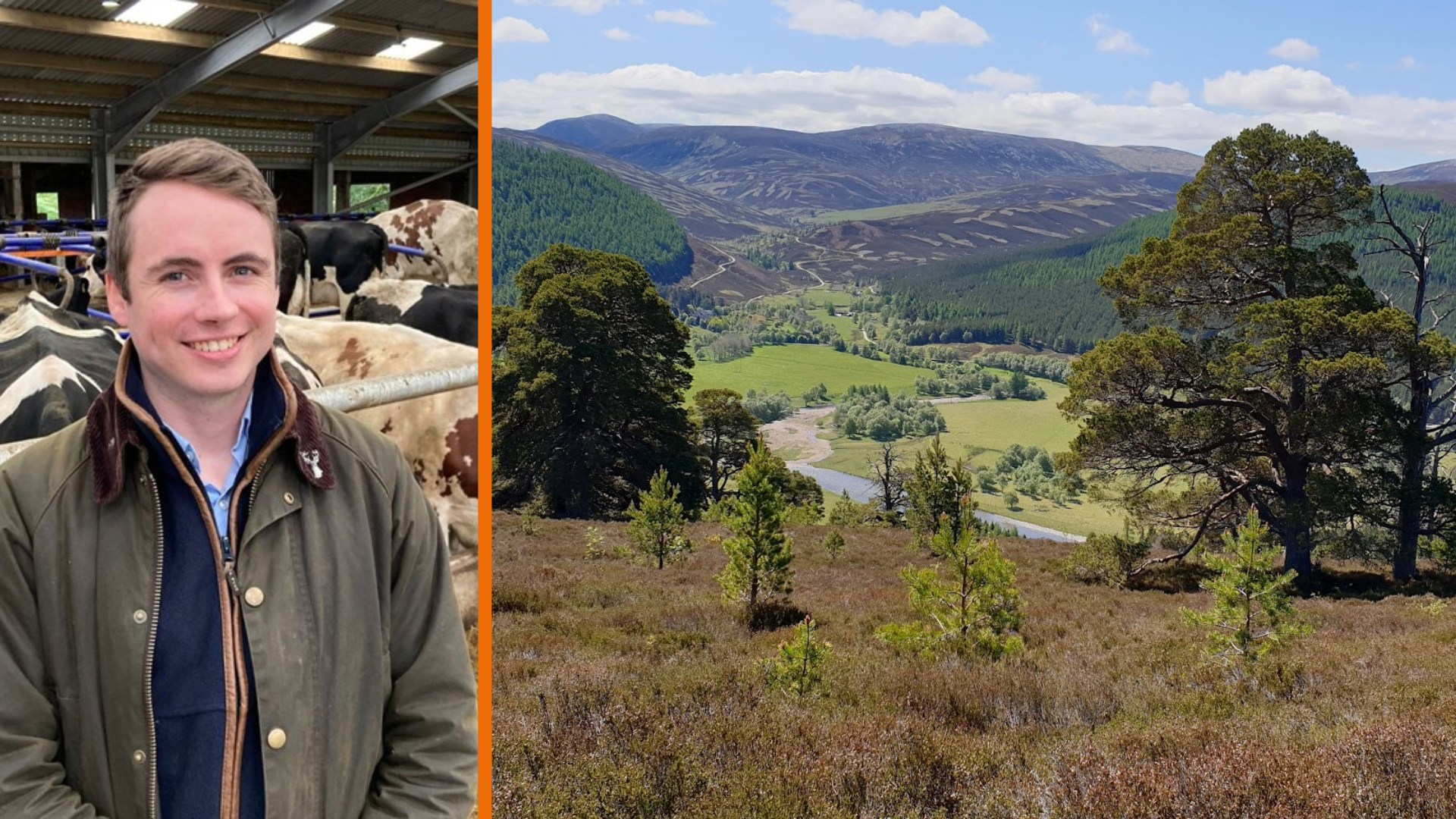To understand the benefits that investment in natural capital can bring to communities, let’s assume you own a non-urban tract of land. It could be a field, a park, a small woodland or even a naturally regenerated construction site.
Does the land provide food? Perhaps it is part of a sustainable drainage system or a place of relaxation. How do you see yourself, and society at large, gaining from your property?
A possible answer is that your land ticks a number of different boxes. It may be a forest producing timber – building material, or energy through biomass, preventing the erosion of soil, filtering water and providing a habitat for species sustaining the genetic diversity of life. These are all examples of ‘ecosystem services’.
There is a common misconception, voiced by some, that natural capital is a threat to food security. This simply should not be the case when food is a provisioning service, one of the ‘returns’ from investment into natural capital. We need healthy soil, water, microbes, pollinators and more to maximise food production. We should invest in our land to enhance ecosystem services.
As with most ventures, investment in natural capital takes time, adequate funding and scale but, if allocated wisely, will produce results. This is not only the case for food production, but also extends to timber, water purification and amenity and wellbeing.
It’s increasingly clear that investment in natural capital can yield long-term financial returns, but we should also consider social capital. What of the farmers and crofters, birdwatchers, tourists and ramblers who see their own cultural identities tied to the landscape?
Natural capital is most effective when it is inclusive. When multiple stakeholders rally to achieve a shared goal such as improving riverine health, we start to see landscape-scale changes. Such a joint endeavour may mean more trees are planted, leading to reduced risk of flooding in downstream communities; it could improve wild salmon populations and other species that rely on the river. The project might prevent erosion and slow the rate of soil loss on farms.
The galvanising of communities in such initiatives can bring magnitudes of positive change to the landscape, with shared benefits. Investment in natural capital through appropriate landscape changes will retain the identity and culture of stakeholders who are, in their own way, stewards of the land.
- Galbraith can provide the expertise to navigate the world of natural capital, for example applying for public and private finance to develop viable projects that integrate with existing rural business models. We assist landowners and managers to develop land for the purpose of maximising ecosystem services. The wider goal is not to enrich any single entity at the expense of others, but to build capacity in the rural economy to create a more prosperous, resilient and healthy community.

